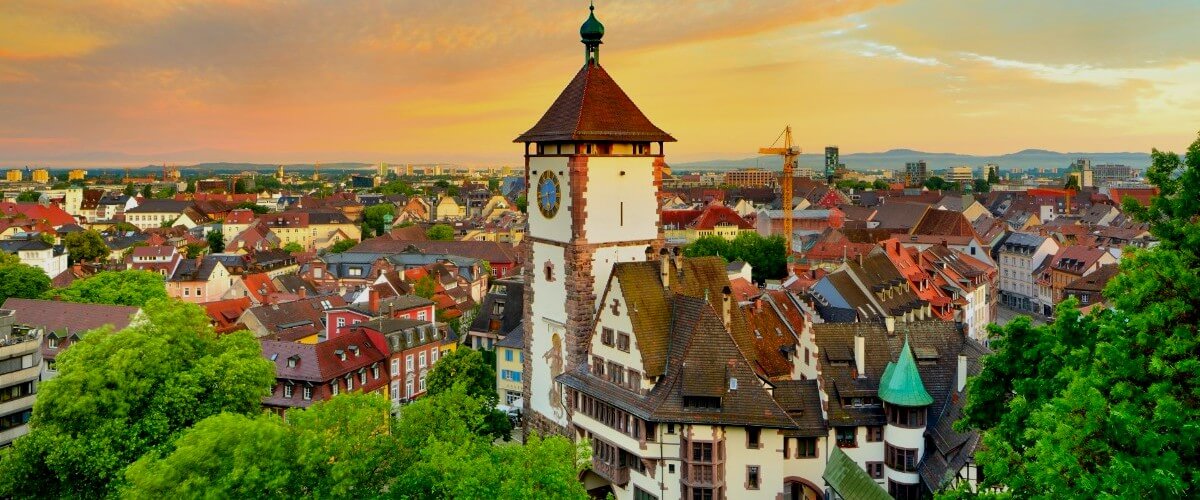Are megacities growing and villages dying out? Not so simple! Here are the facts and talk about the trends of urbanization in Germany. It can be hard to know where the city ends, and the countryside begins in Germany. So many people are living there – 230 people per square kilometer. Most people live in cities or towns, while only 15% live in villages with less than 5,000 people.
Rural exodus and urbanization
In Germany, the difference between living in a city and living in a country is not as big as in other countries. It is because there are 16 state capitals. But cities are growing more than small towns. People are going to cities to live instead of staying in rural areas. It is especially true for East Germany. Some places may lose up to one-third of their population by 2035! In the countryside, there are no places to work, shop, or get medical help. Schools and hotels are closed too. People have to travel farther for important things. Some young people who were educated might move away to the cities so they can find jobs. It makes life harder for the people who stay in the countryside.
Equal living conditions
Small communities should be given more chances to make their own decisions. As a result, the Internet will get bigger, and local businesses will have the chance to grow. In some villages, the people there take charge and develop ideas that make it a nice place to live. It could be building a playground or starting a community garden. The government can also do its part by helping rural areas to get better infrastructure and supporting local businesses. It can make living conditions equal between cities and the countryside.

A more sustainable future
To achieve a more sustainable future, focusing on rural areas in Germany is important. It could include supporting local businesses and providing resources for better infrastructure. In addition, governments should make sure people in rural areas are given access to education, employment, and other essential services. Finally, it could help to reduce the rural-urban divide between cities and the countryside while promoting sustainable growth in both areas. These actions can achieve a better balance between the city and the countryside.
Conclusion
The relationship between the city and the countryside in Germany is complex. There have been trends of urbanization, rural exodus, and unequal living conditions. However, the gap between the city and the countryside can be narrowed with more focus on local businesses and better infrastructure in rural areas. It could lead to a more sustainable future for cities and the countryside.

